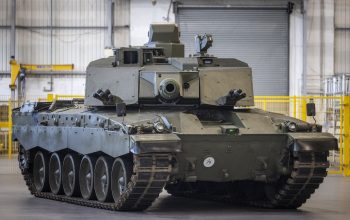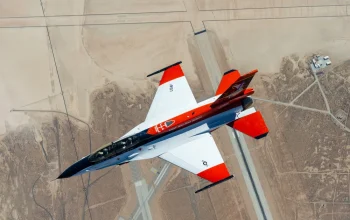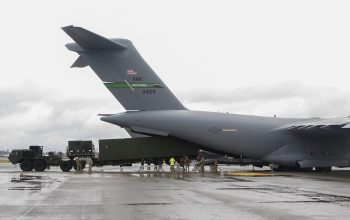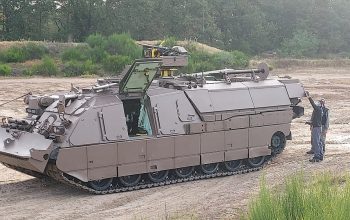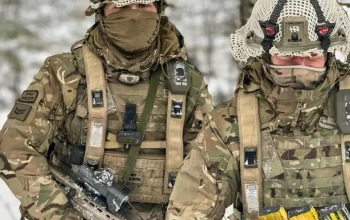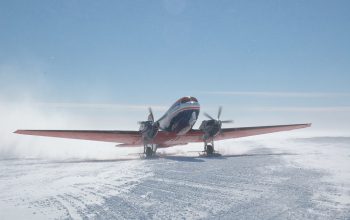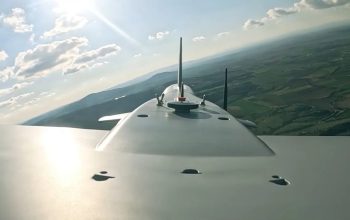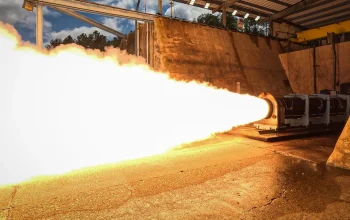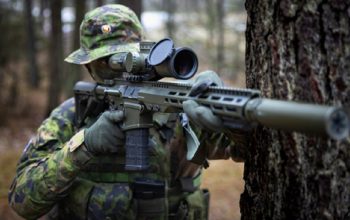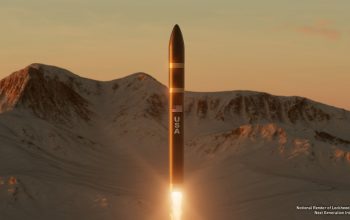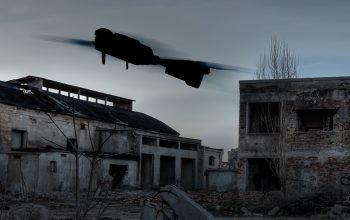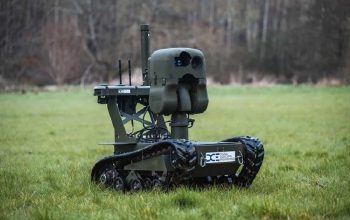According to the defence newspaper Krasnaya Zvezda, Russian Airborne Forces (Vozdushno-desantnye voyska Rossii) will receive two battalion sets of BMD-4M airborne infantry fighting vehicles (AIFVs) in 2020. The rearmament of the service with modern vehicles and command and control systems will beef up the combat capacities of the VDV units, while the implementation of the State Defense Order for the military service will increase the proportion of modern and upgraded hardware. Unlike the rest of the Russian mechanized units, which use variety of APCs and IFVs such as the BMP series, BTR series and MT-LB, the Russian Airborne Troops uses exclusively BMD family vehicles. A battalion set comprising 31 BMD-4M AIFVs and 8 BTR-MDM armored personnel carriers (APCs) was recently delivered to the 76th Guards Air Assault Division. The first production batch of the new armored vehicles BMD-4M and BTR-MDM in the amount of 24 units (12 each) transferred to the Russian Airborne Forces in 2015.
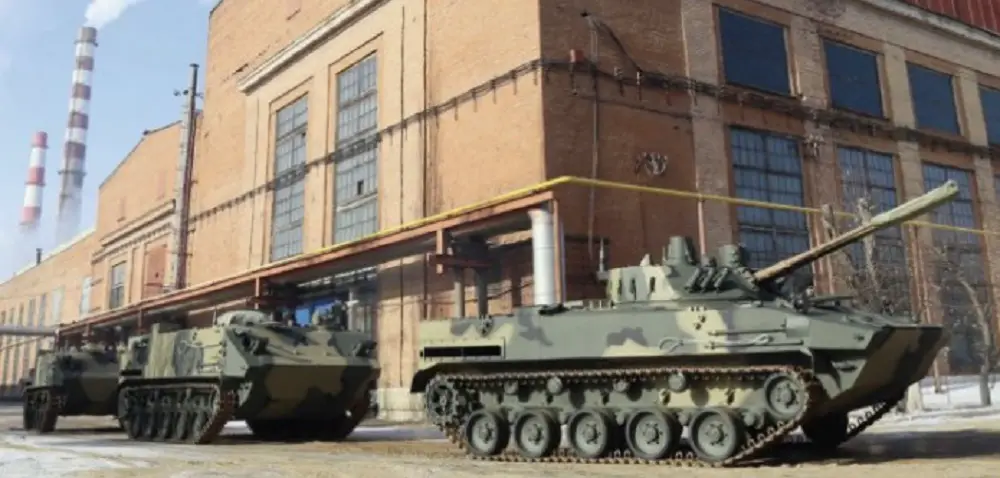
The BMD-4M is an amphibious infantry fighting vehicle (IFV) originating from post-Cold War Russia designed by the JSC VgTZ Volgograd machine-building company and the armament was developed by the KBP Instrument Design Bureau unitary enterprise located in Tula. The chassis of vehicleis the same as that of the BMD-3, because it was developed on the same basis. The vehicle was designed to transport Russian Airborne Troops (VDV); increasing its mobility, armament, and protection on the battlefield. Both primary armaments of the BMD-4 are fitted into one turret known as the Bakhcha-U (Russian: Бахча-У; “Melon field”) consisting of: a 100 mm 2A70 rifled gun, a coaxial 30 mm 2A72 autocannon, and a coaxial 7.62 mm PKT machine gun. This module is designed by the KBP Instrument Design Bureau for motorized infantry units without the support of tanks and artillery.
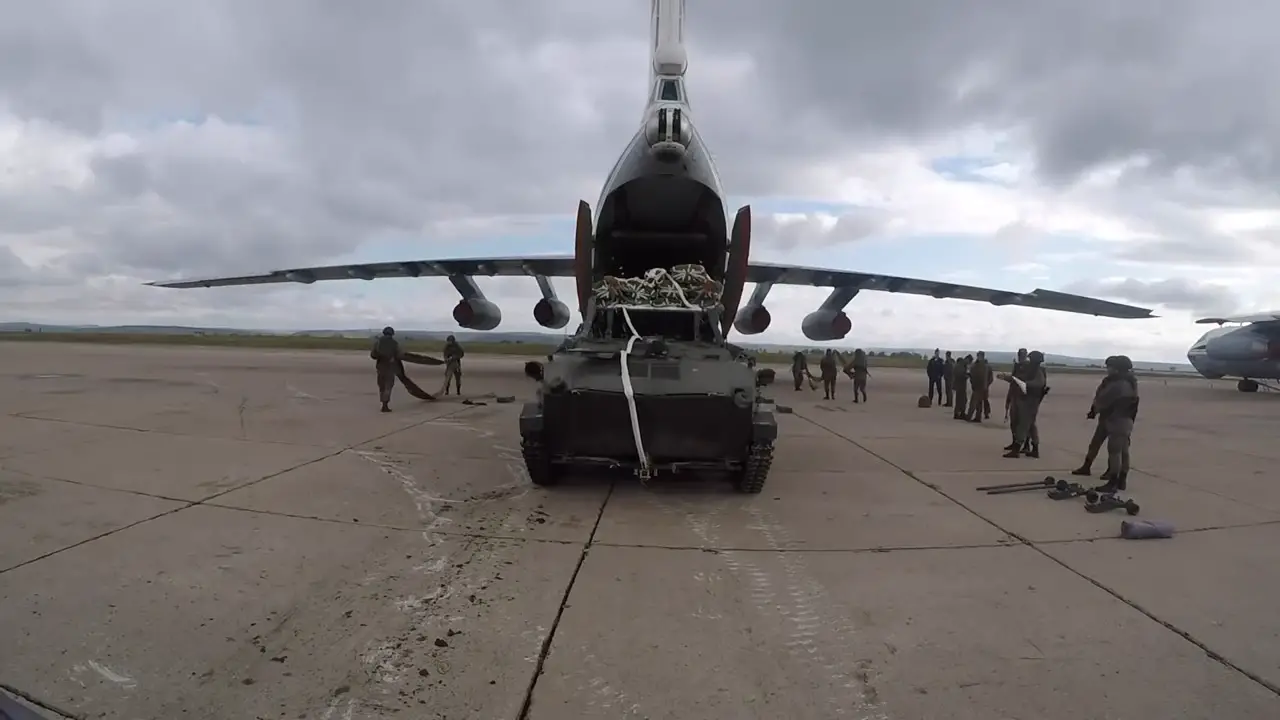
BTR-MDM (Rakushka) is an airborne multi-purpose amphibious armoured personnel carrier (APC) developed and manufactured by JSC VgTZ Volgograd machine-building company. The BTR-MDM is a based on the BMD-4M (Airborne Infantry Fighting Vehicle) chassis and further development of the BTR-MD airborne tracked multi-role armoured vehicle. The purpose of this new vehicle is to be fully compatible with all the range of airborne armoured vehicles in service with the Russian armed forces as the BTR-MD and BMD-4M airborne armoured infantry fighting vehicle. The BTR-MDM Rakushka is equipped with a remote weapon station mounted to the top left side of the hull armed with a 7.62mm or 12.7mm machine gun. Another 7.62mm machine gun is mounted at the front right side of the hull. Two smoke grenade discharger are mounted to each side at the front of the vehicle.
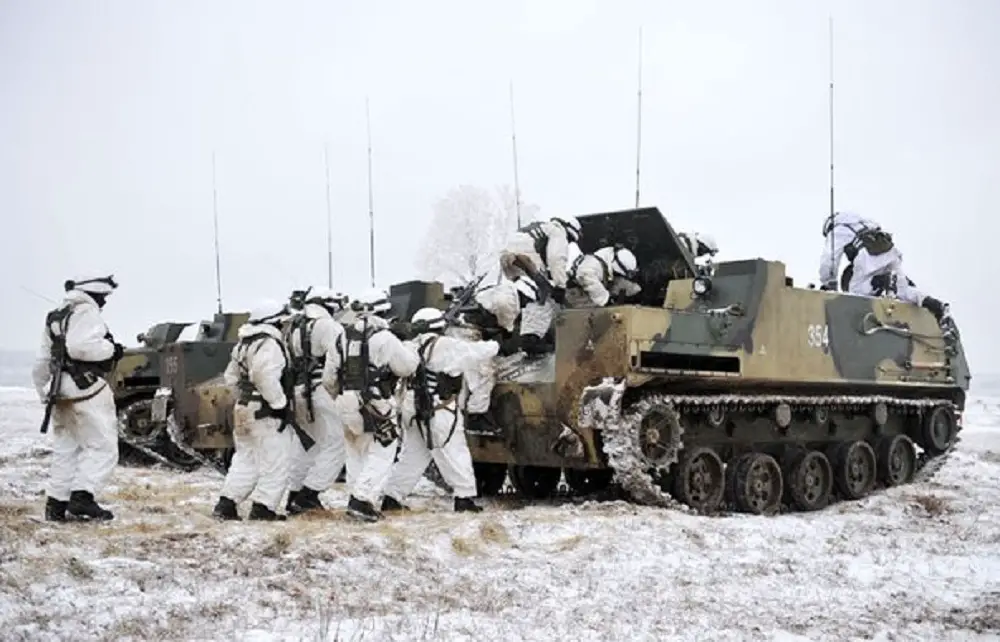
The Russian Airborne Forces is a military branch of the Armed Forces of the Russian Federation. First formed before World War II, the force undertook two significant airborne operations and a number of smaller jumps during the war and for many years after 1945 was the largest airborne force in the world. The force was split after the dissolution of the Soviet Union, losing divisions to Belarus and Ukraine, and has been reduced in size. Russian airborne forces are well known for their mobility, utilizing a large amount of specifically designed vehicles built for airborne transport, as such, they are fully mechanized and traditionally have a larger complement of heavy weaponry than most contemporary airborne forces. The Airborne Forces have received over eleven thousand new and upgraded weapons in 2017. The share of modern armaments and hardware comprises 62 percent. In two years four battalion sets of 120 BMD-4M and BTR-MDM Rakushka vehicles were supplied. Besides, the force received over 100 upgraded weapons, including 2S9-1M self-propelled guns.
Russian Airborne Forces to Receive Two BMD-4M and BTR-MDM Battalion in 2020



